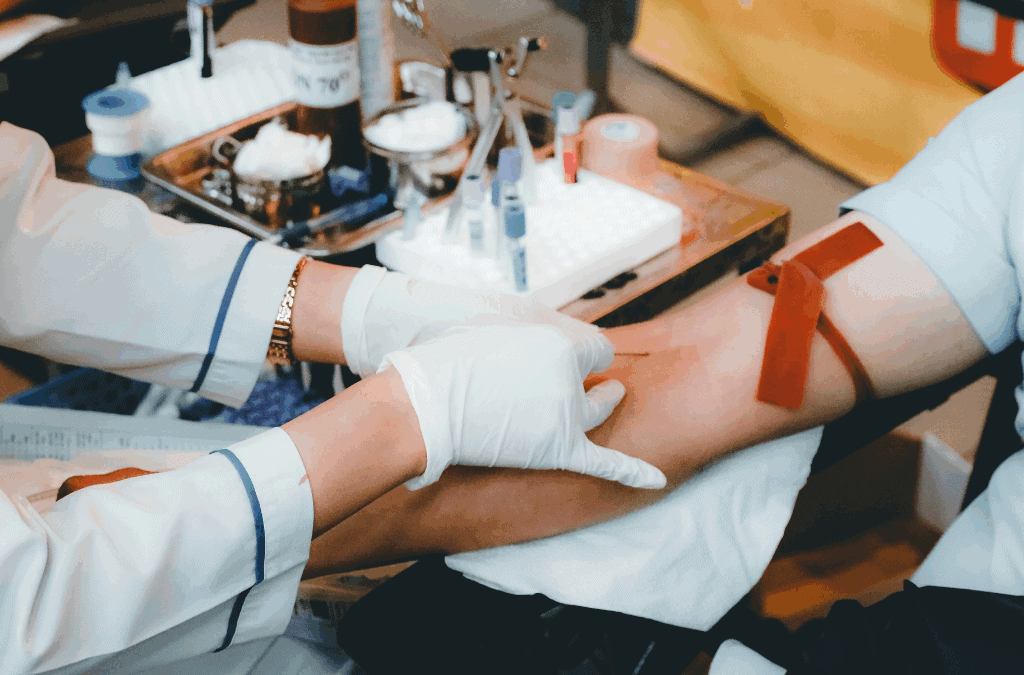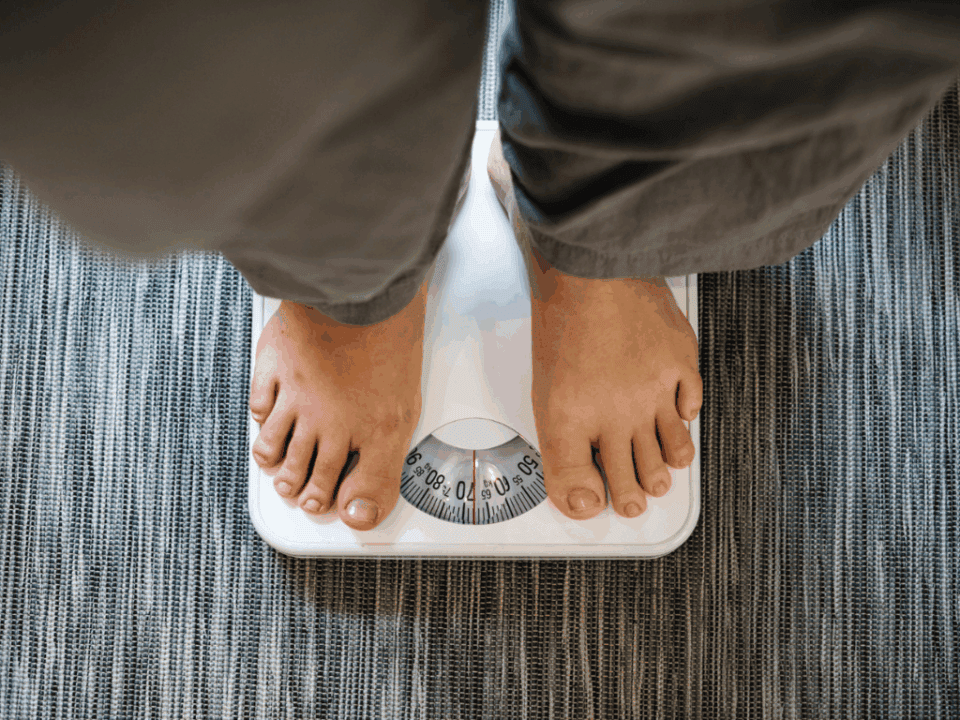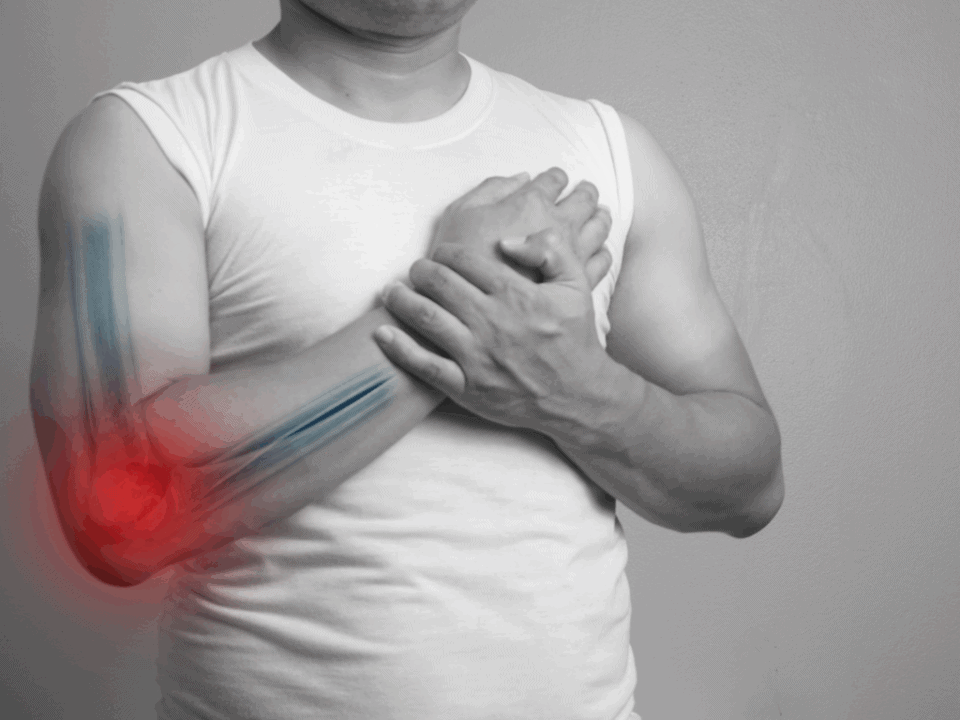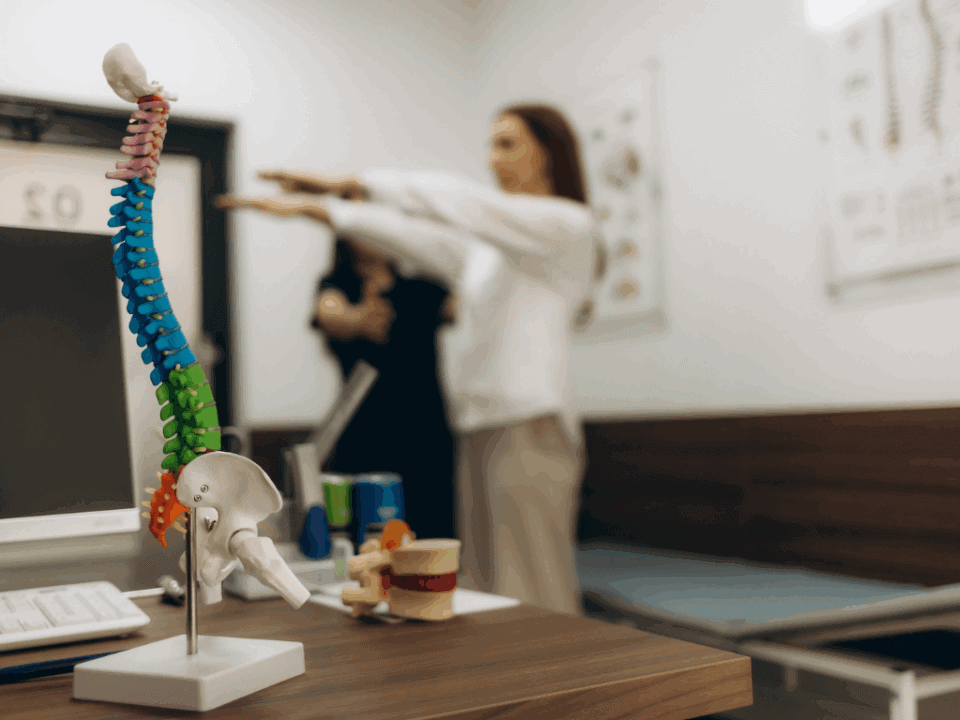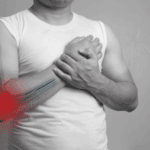
How Corrective Exercises Help Fix Muscle Imbalances
October 24, 2025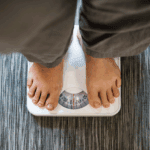
The Connection Between Hormonal Imbalances and Stubborn Weight
October 24, 2025When you experience an injury or chronic pain, the primary goal is to find a treatment that doesn’t just mask the symptoms but encourages genuine healing. Regenerative medicine offers a promising approach by harnessing your body’s own powerful, natural ability to repair itself. One of the most effective treatments in this field is Platelet-Rich Plasma (PRP) therapy, an innovative procedure that can accelerate healing and provide lasting relief.
What Exactly Is PRP?
Your blood is composed of several key components, including red cells, white cells, and platelets. Platelets are best known for their role in clotting blood, but they are also a rich source of proteins called growth factors. These growth factors are critical for tissue regeneration and repair. PRP therapy isolates and concentrates these platelets from your own blood, creating a powerful healing solution that can be strategically introduced to an injured area of your body.
The PRP Process: A Simple, In-Office Procedure
The process for PRP therapy is straightforward and is performed right here in our Ooltewah clinic.
- A Simple Blood Draw: The procedure begins with a small sample of your blood being drawn, similar to a routine blood test.
- The Concentration Process: The blood sample is placed in a centrifuge, a machine that spins at high speed to separate the blood components. This process isolates the platelets, creating a plasma that is 5-10 times richer in growth factors than normal blood.
- Targeted Injection: The resulting Platelet-Rich Plasma is then carefully injected into the targeted area, such as a painful knee joint or an injured tendon. This delivers a potent concentration of growth factors directly to the site of injury to stimulate and enhance the body’s natural healing response.
What Conditions Can PRP Therapy Treat?
PRP therapy is a versatile treatment used to address a wide range of musculoskeletal conditions. It is particularly effective for tissues that are typically slow to heal. Some common conditions we treat with PRP include:
- Chronic tendon injuries (e.g., tennis elbow, Achilles tendonitis)
- Joint pain, including mild to moderate osteoarthritis
- Acute ligament and muscle sprains or strains
- Sports injuries
What to Expect After Your Treatment
After a PRP injection, it is common to experience some mild swelling or soreness at the injection site for a few days. This is a normal inflammatory response and is a sign that the healing process has begun. Unlike treatments that provide immediate but temporary relief, PRP works gradually. The regenerative process takes time, with most patients noticing significant improvement in the weeks and months following the procedure as the tissues continue to repair and strengthen.
Why Choose a Natural Approach to Healing?
One of the greatest benefits of PRP therapy is that it uses your body’s own biological material, virtually eliminating the risk of allergic reactions. It is a minimally invasive, non-surgical option that aims to repair the underlying cause of your pain. By stimulating natural tissue repair, PRP can help patients regain function, reduce pain, and return to their daily activities sooner, with results that are often long-lasting.
If you are struggling with persistent pain and looking for a solution that works with your body, PRP therapy may be the answer. To learn more and find out if you are a candidate for this treatment, schedule a consultation with the team at Collegedale Physical Medicine today.

